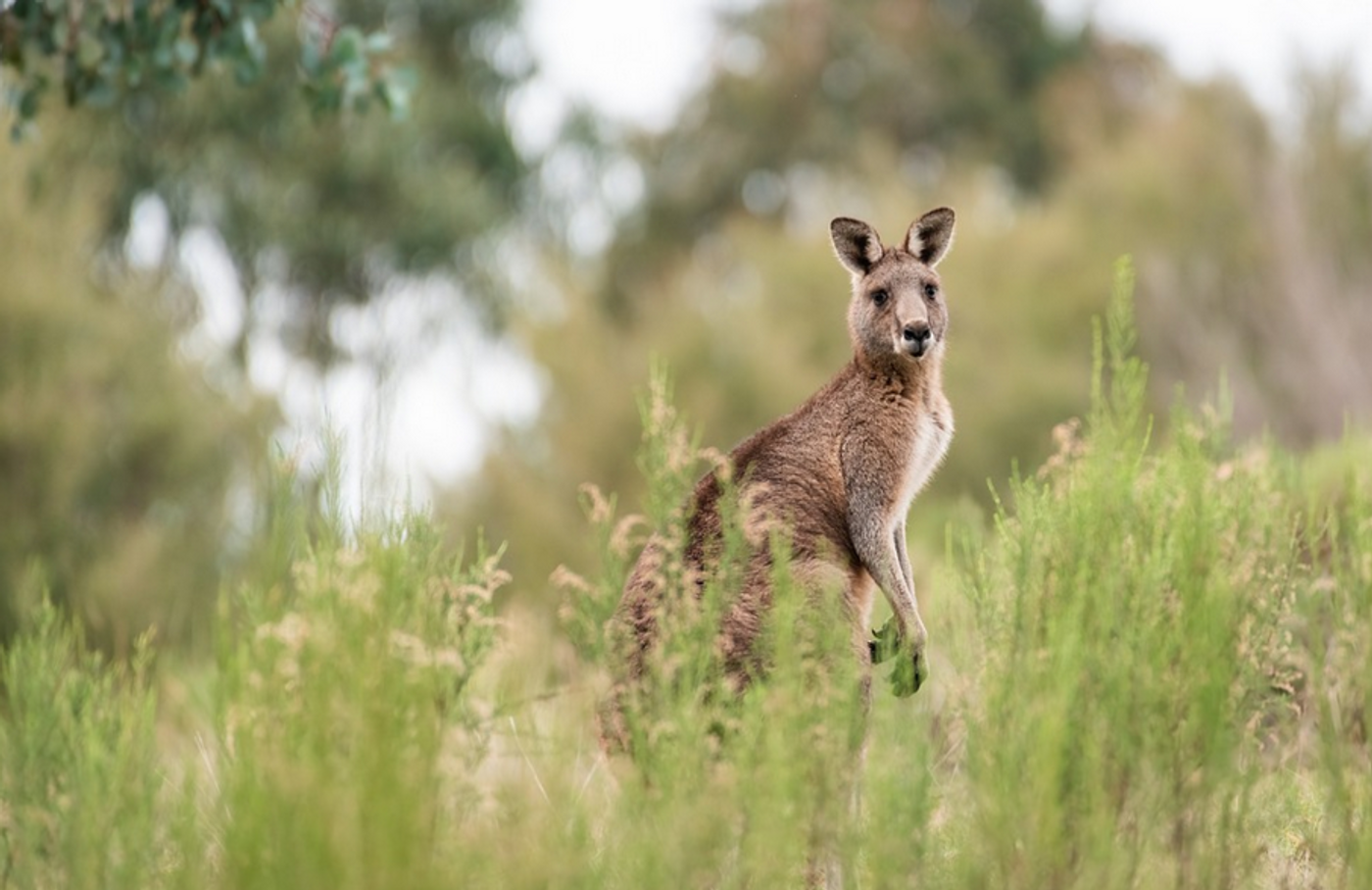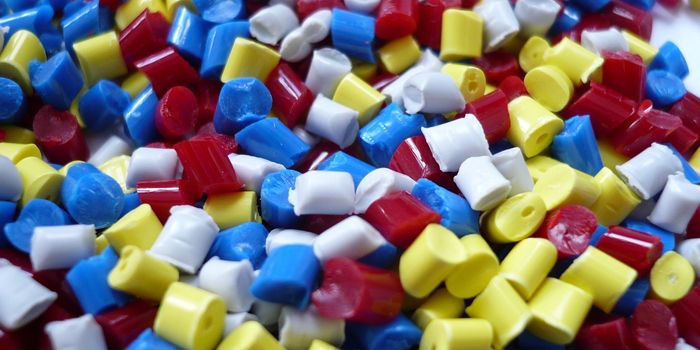Turning an Invasive Weed Into a Beneficial Crop
When a non-native organism enters a new habitat, that species is considered invasive, and it can wreak havoc on plants, animals, and other creatures that are used to living without it. In Australia, invasive species have caused a variety of problems, and people have used various methods to try to eradicate them. But researchers have now proposed that an invasive plant called prickly paddy melon weed could actually be very useful because of the enzymes it contains. This problematic weed has significantly reduced grain yields and has killed cattle when the animals ate the weed and were fatally poisoned. However, this weed might be useful as an ingredient in more environmentally friendly cement or as a soil erosion prevention tool.
In this study, which was reported at The International Conference on Sustainable Civil Engineering and Architecture, the researchers assessed the potential of 50 plants and weeds as a source of urease enzymes, which can strengthen soil. This included seeds from the paddy melon weed, which was easy to sample because it just grows by the side of the road in Southern Australia. The investigators processed the seeds from the plant and extracted its enzymes to generate a powerful cementation agent in powder form.
"Using this technique, we cut down the cementation time from one week to six hours," said senior study author Professor Mizanur Rahman, a geotechnical engineer at the University of South Australia (UniSA).
An individual plant can yield as many as fifty melons, which each contain about 200 seeds. This could reduce the cost of cementation enzymes by as much as 75 percent. Paddy melon was found to be nearly as effective as soybeans, but soybeans are used as a food crop and they are far more expensive.
"Compared to the production of commercial enzymes, paddy melon enzymes are cheaper, more sustainable, and more efficient than other enzymes used to cement and stabilize soils," noted Rahman. Beyond the benefits for cement, this approach could also be very useful to agriculture; if the weeds are harvested, paddy melon could become a viable commercial crop and there might be less of it growing wild and spreading around.
It could also be helpful for some First Nations communities, added Rahman. "Paddy melon is an invasive weed on many Native Title lands and soil erosion is another major issue. Our discovery has the potential to address both of these concerns and support biodiversity conservation or rehabilitation."
The enzymes from paddy melon might also be able to cap tailing dams, and prevent the toxic sludge they contain from leaking.
At lastly, this work could help reduce the use of herbicides, because the paddy melon enzymes may be utilized in a solution that would create a thin but harmless crust around trees to prevent weed growth.
"In essence, we are using a weed to control a weed," added Rahman. "I believe we have found a win-win solution that helps not only farmers, but also offers a natural cementation option for several industries and may help Traditional Owners protect or rebuild land that they manage."
Sources: University of South Australia, Proceedings of the Third International Conference on Sustainable Civil Engineering and Architecture









